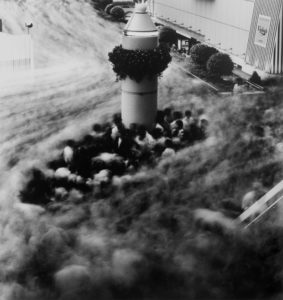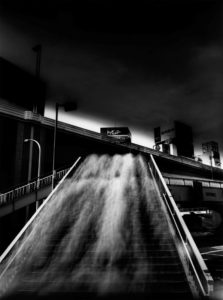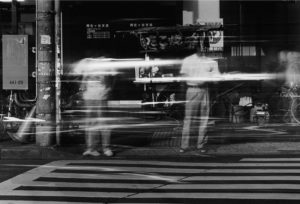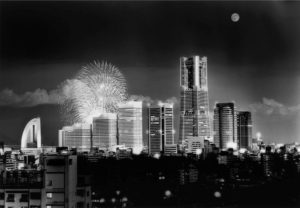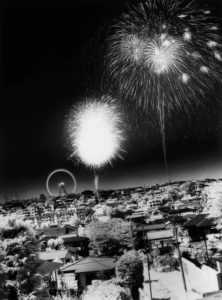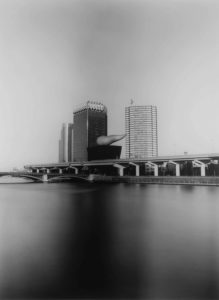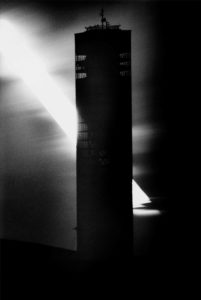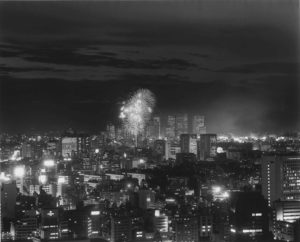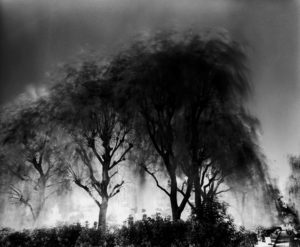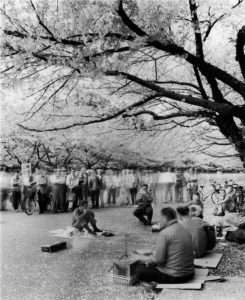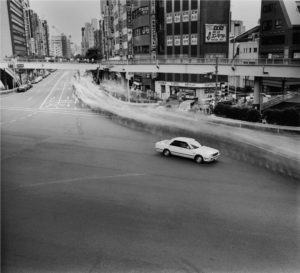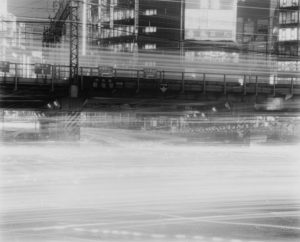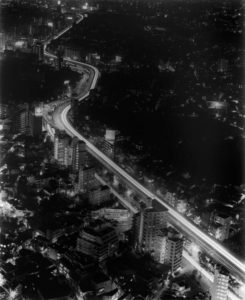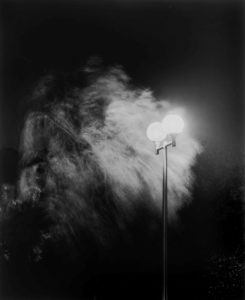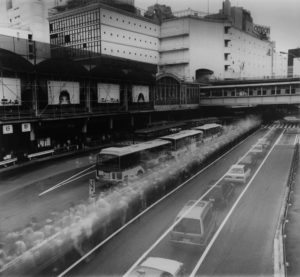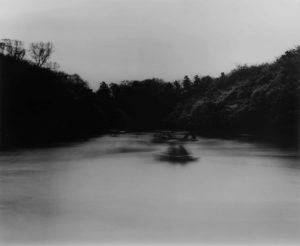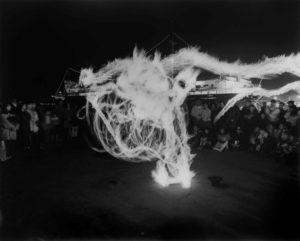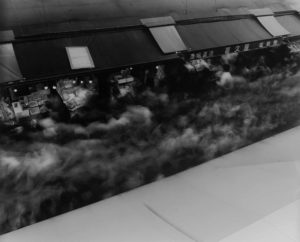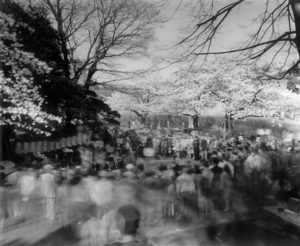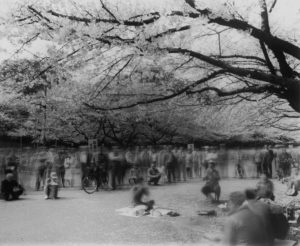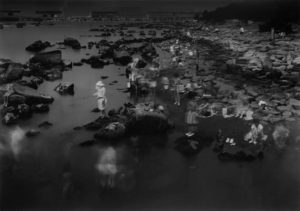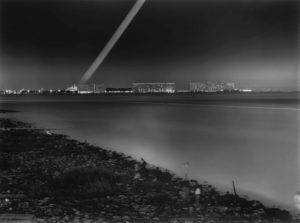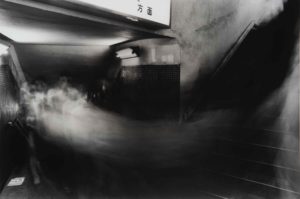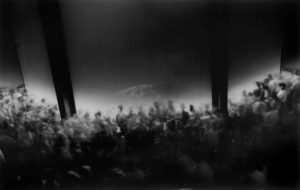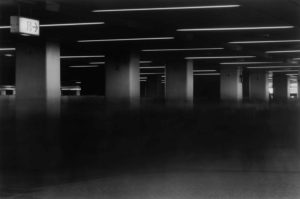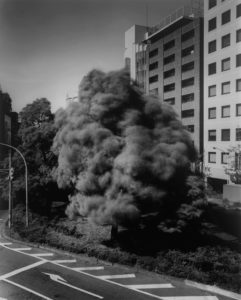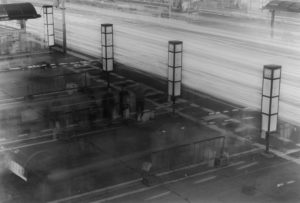I began shooting my Flow and Fusion series in 1989, during the last gaps of Japan’s “bubble economy.” The atmosphere was not chaotic so much as rarefied. And at nineteen I was, quite simply, suffocating.
Initially, I focused on rush hour crowds in and around Tokyo, at urban nexus like Shinjuku, Shibuya, Shimo-Kitazawa, Takadanobaba, Funabashi and Yokohama.
Photographing as if possessed, with hardly a life of my own, it was now or never. Such was my desperate conviction at the time, I just knew that otherwise I’d lose the chance to come to grips with myself and the world. But I’m the quick-and-easy “snapshot” type; from the beginning, I used a tripod and slow shutter speeds, a direction in photography that came to me naturally. I suppose I wanted to dissolve the boundaries and conventions that separate people.
At such slow shutter speeds, anyone moving would dissolve and blur like water or smoke. As I took many of these photos in this style, at some point everything started to look different to me. The strange thing was, I began to see those amorphous, particulate, almost molecular-level images of people as revelations of their real being.
And just maybe I was another particle in it all?
Human existence is extremely subtle, irregular and tenuous. People don’t stop at fixed outlines, yet each retains some symmetry (in fact, they almost resemble silver particles on film glimpsed through a magnifying glass in the darkroom.) Seen through such photographs, our humanity was somehow strikingly beautiful. Very minute and indefinite, yet most certainly “here we are.” And just as certainly, “here is the world.” I felt as if I were seeing everything, myself and others, again through newborn eyes.
And a beautiful world it is.
Ken Kitano 2010
*1
I generally use 6×7 or 645 Brownie camera.
Since these works were all taken walking through the city, mostly in crowds, the Brownie’s mobility mattered more than sharpness.
Basically, I shot long exposures ranging from a few seconds to several hours, though the fireworks were double exposures: 30 minutes during daytime, then waiting until night to shoot again in the same location.
Starting from rush hour station crowds, I gradually shifted toward more open spaces, and then to plants, fire, the sun and moon so as to view the city via organic elements.
